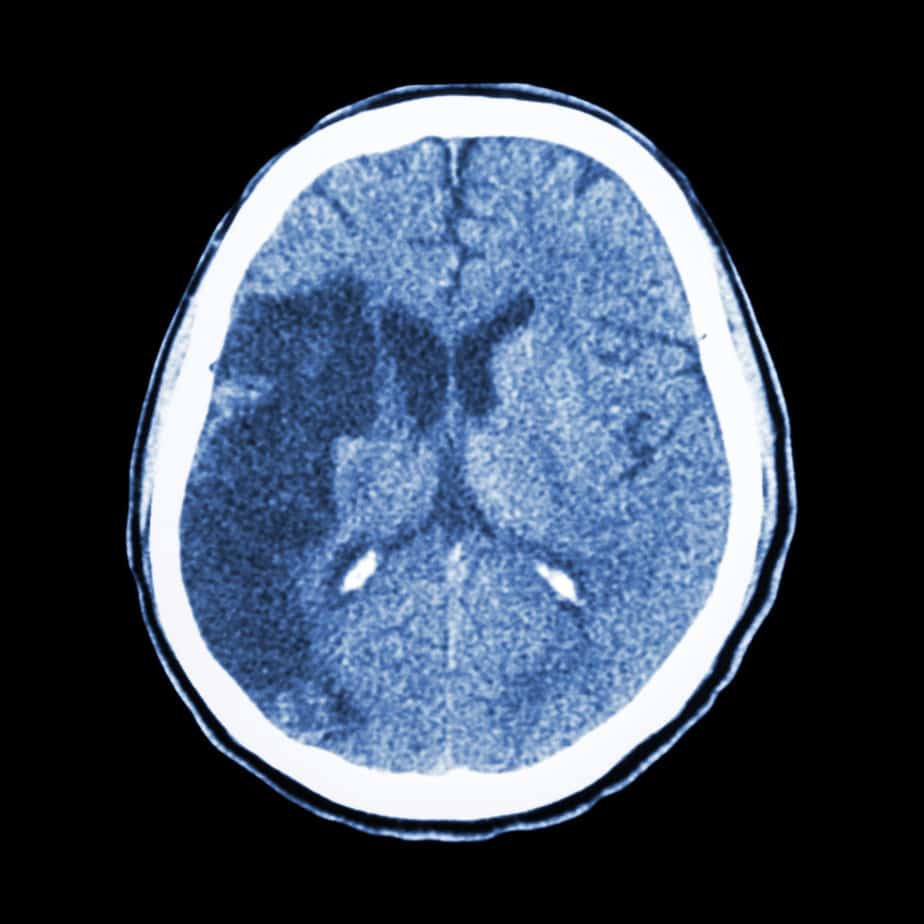
A stroke is an acute disruption in blood flow in the cerebral circulation resulting in death of brain tissue. It is very similar to a heart attack in which death of heart muscle results from an acute impairment of coronary circulation. This is why a stroke is sometimes referred to as a “brain attack.”
The five possible signs of a stroke are:
1. Sudden loss of strength or sensation on one side of the face or limb
2. Sudden dizziness or loss of balance
3. Sudden visual loss
4. Sudden onset of confusion or speech difficulty
5. Sudden severe headache (sign of a bloody stroke)
Note that all these signs indicate a loss of function except for headache. Therefore, for example, if someone says they can’t lift their limb because it hurts this is unlikely to be a stroke.
There are two categories of stroke: Hemorrhagic (bloody) and non-hemorrhagic (non-bloody). A hemorrhagic stroke occurs when a blood vessel ruptures, usually from a ruptured cerebral aneurysm that then results in bleeding on and into the brain tissue. Often there will be a very sudden severe headache associated with this type of stroke that comes on like a thunderclap in addition to stroke symptoms. A headache that the patient describes as sudden and severe like a “lightening bolt” or “thunderclap” is a red flag for hemorrhagic stroke.
Non-hemorrhagic strokes are further divided into embolic and non-embolic. A non-embolic stroke happens when atherosclerotic disease causes a critical narrowing of a cerebral vessel. In an embolic stroke, a cerebral vessel gets blocked from emboli (blood clots) that migrate from either the heart as in the case of atrial fibrillation, or from atherosclerotic plaques in the carotid or vertebral vessels. The damage and loss of function is the same in either case. Acute treatment for non-hemorrhagic strokes can be given if the patient can get to a hospital within 3 hours of onset of symptoms.
At the scene it is impossible to know whether a stroke is bloody or non-bloody so all patients with stroke symptoms have to be treated as a high priority rapid transport, especially if it is within the three-hour window. You might wonder, why three hours? The hospital treatment of an acute non-hemorrhagic stroke is a powerful IV thrombolytic medication. This type of medication is so good at dissolving clots that it can actually cause unwanted bleeding. Studies have shown that if the medicine is given beyond 3-4 hours it is more likely to cause intracranial bleeding and death rather than reversing the stroke symptoms.


